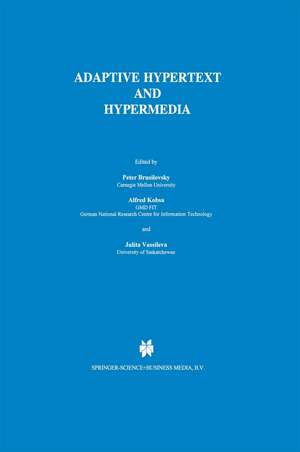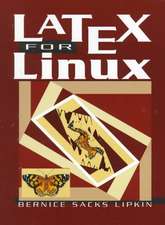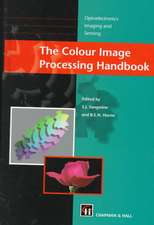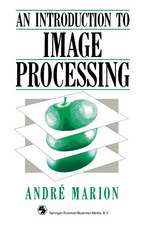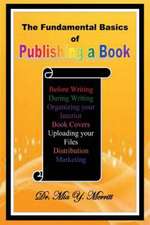Adaptive Hypertext and Hypermedia
Editat de Peter Brusilovsky, Alfred Kobsa, Julita Vassilevaen Limba Engleză Paperback – dec 2010
Adaptation of hypermedia systems to each individual user is increasingly needed. With the growing size, complexity and heterogeneity of current hypermedia systems, such as the World Wide Web, it becomes virtually impossible to impose guidelines on authors concerning the overall organization of hypermedia information. The networks therefore become so complex and unstructured that the existing navigational tools are no longer powerful enough to provide orientation on where to search for the needed information. It is also not possible to identify appropriate pre-defined paths or subnets for users with certain goals and knowledge backgrounds since the user community of hypermedia systems is usually quite inhomogeneous. This is particularly true for Web-based applications which are expected to be used by a much greater variety of users than any earlier standalone application.
A possible remedy for the negative effects of the traditional `one-size-fits-all' approach in the development of hypermedia systems is to equip them with the ability to adapt to the needs of their individual users. A possible way of achieving adaptivity is by modeling the users and tailoring the system's interactions to theirgoals, tasks and interests. In this sense, the notion of adaptive hypertext/hypermedia comes naturally to denote a hypertext or hypermedia system which reflects some features of the user and/or characteristics of his system usage in a user model, and utilizes this model in order to adapt various behavioral aspects of the system to the user.
This book is the first comprehensive publication on adaptive hypertext and hypermedia. It is oriented towards researchers and practitioners in the fields of hypertext and hypermedia, information systems, and personalized systems. It is also an important resource for the numerous developers of Web-based applications. The design decisions, adaptation methods, and experience presented in this book are a unique source of ideas and techniques for developing more usable and more intelligent Web-based systems suitable for a great variety of users. The practitioners will find it important that many of the adaptation techniques presented in this book have proved to be efficient and are ready to be used in various applications.
| Toate formatele și edițiile | Preț | Express |
|---|---|---|
| Paperback (1) | 644.15 lei 6-8 săpt. | |
| SPRINGER NETHERLANDS – dec 2010 | 644.15 lei 6-8 săpt. | |
| Hardback (1) | 650.73 lei 6-8 săpt. | |
| SPRINGER NETHERLANDS – 28 feb 1998 | 650.73 lei 6-8 săpt. |
Preț: 644.15 lei
Preț vechi: 805.19 lei
-20% Nou
Puncte Express: 966
Preț estimativ în valută:
123.25€ • 128.69$ • 102.01£
123.25€ • 128.69$ • 102.01£
Carte tipărită la comandă
Livrare economică 05-19 aprilie
Preluare comenzi: 021 569.72.76
Specificații
ISBN-13: 9789048149445
ISBN-10: 9048149444
Pagini: 268
Ilustrații: X, 252 p.
Dimensiuni: 152 x 229 x 14 mm
Greutate: 0.38 kg
Ediția:Softcover reprint of hardcover 1st ed. 1998
Editura: SPRINGER NETHERLANDS
Colecția Springer
Locul publicării:Dordrecht, Netherlands
ISBN-10: 9048149444
Pagini: 268
Ilustrații: X, 252 p.
Dimensiuni: 152 x 229 x 14 mm
Greutate: 0.38 kg
Ediția:Softcover reprint of hardcover 1st ed. 1998
Editura: SPRINGER NETHERLANDS
Colecția Springer
Locul publicării:Dordrecht, Netherlands
Public țintă
ResearchCuprins
1. Methods and Techniques of Adaptive Hypermedia.- 2. Adaptive Hypertext Navigation based on User Goals and Context.- 3. Metadoc: An Adaptive Hypertext Reading System.- 4. User Modelling in the Interactive Anatomy Tutoring System ANATOM-TUTOR.- 5. Hypadapter: An Adaptive Hypertext System for Exploratory Learning and Programming.- 6. A Glass Box Approach to Adaptive Hypermedia.- 7. User-Centered Indexing for Adaptive Information Access.- 8. A Task-Centred Approach for User Modeling in a Hypermedia Office Documentation System.
